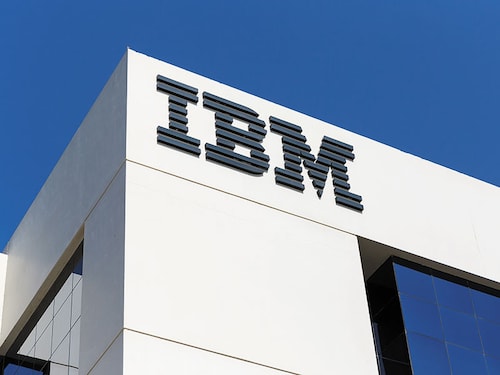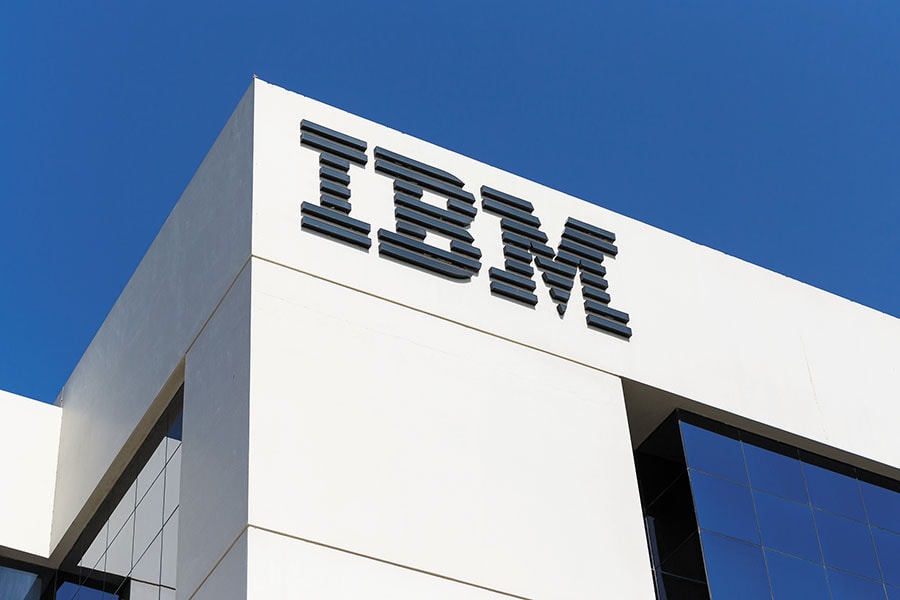Acquisitions: A Red Hat tip for IBM
Software giant's purchase of firm that powers BSE, Indian Railways and SBI will boost the tech performance of the latter's clients


 Image: Shutterstock
Image: Shutterstock
Three years ago, Ashishkumar Chauhan, the CEO of the Bombay Stock Exchange, had tweeted: “BSE has become the fastest exchange in the world with a median response time of 6 micro seconds.” This lightning speed was achieved thanks to a platform that was built by Red Hat, an American company that provides open-source software products.
In a case study later, Chauhan acknowledged: “Red Hat is now our backbone. Our business cannot run if Red Hat is not there.”
With IBM’s $33.4 billion purchase of Red Hat, in what is touted to be one of the biggest software deals of all time, executives such as Chauhan and their top tech teams can anticipate many new propositions as IBM’s software and services prowess now backs Red Hat’s free and popular Linux operating system distribution around which it offers commercial services.
In addition to the BSE, Red Hat has a formidable list of customers in India, including the National Stock Exchange, Indian Railways, Unique ID Authority of India, State Bank of India and Life Insurance Corporation of India.
“This acquisition will give IBM additional ammunition in the hybrid cloud market,” says Santhosh Rao, senior director analyst at Gartner Advisory and Research. “It will also help them include Red Hat in large solution-selling opportunities involving x86 platforms alongside AIX and Power Systems.”
What the combination might also do, is “act as a ramp” that can potentially help accelerate the move to the public cloud for Indian firms. ‘Hybrid’ clouds are a combination of a company’s private internal network of computers and storage, and ‘public’ or external networks of servers and storage provided by vendors such as Amazon Web Services.
First Published: Nov 04, 2018, 14:58
Subscribe Now